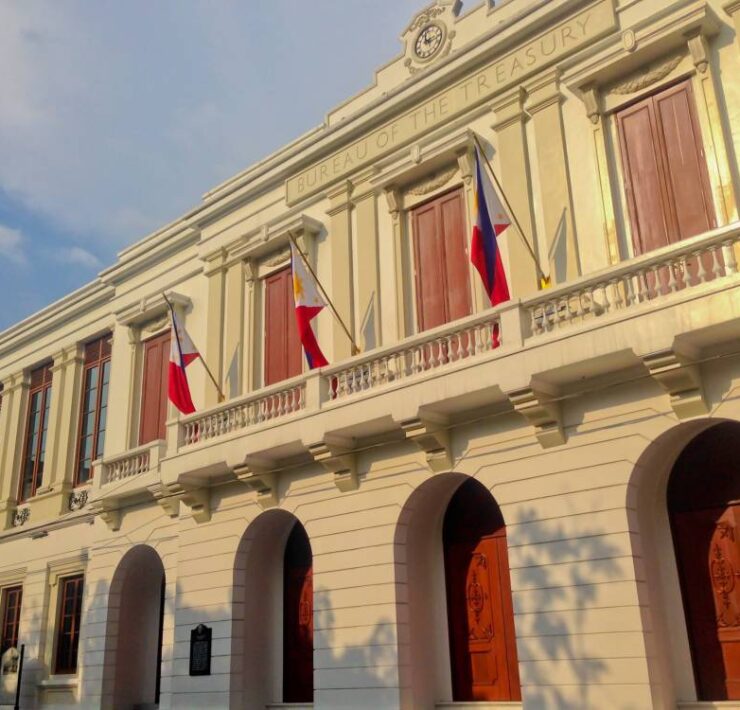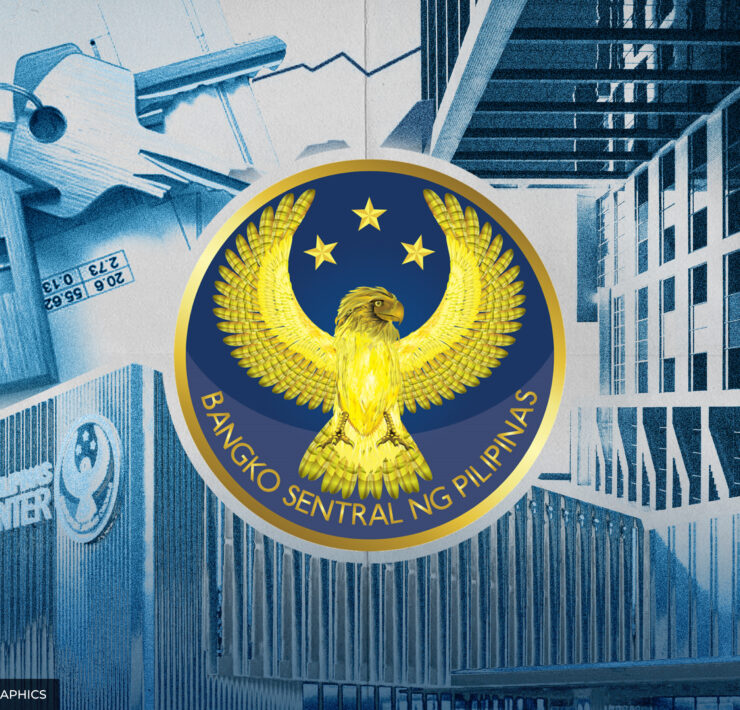Lower interest rates to boost consumer lending in ‘Ber’ months

The series of interest rate cuts by the Bangko Sentral ng Pilipinas (BSP) could help support demand for loans during the so-called “ber” months without creating too much credit risk for lenders, TransUnion said.
The credit information company said delinquencies may “remain stable or even improve slightly” despite the projected increase in loan appetite to fund holiday spending, thanks to support from remittance inflows that typically enhance repayment capacity.
Overall, TransUnion said lower borrowing costs are likely to drive increased demand for consumer products, such as credit cards, personal loans and buy now, pay later offerings.
“This latest rate cut by the BSP sets the stage for a more active lending environment as we move through the ber months,” said Peter Faulhaber, president and CEO of TransUnion Philippines.
“It’s a timely boost for consumers preparing for the holidays and for lenders aiming to meet that demand,” he added.
The BSP this month cut the benchmark rate that banks use as a guide when pricing loans by another quarter point to 4.75 percent, with Governor Eli Remolona Jr. hinting at more easing actions in the next policy meetings.
As it is, outstanding loans from big banks, excluding their short-term placements with the central bank, grew by 11.2 percent from a year ago to P13.62 trillion in August, latest data from the BSP showed.
Dissecting the BSP’s report, business loans, which accounted for 84.6 percent of the total loan book of large banks, expanded by 9.9 percent to P11.51 trillion.
On the consumer side, loans remained robust after growing by 23.9 percent in August, a tad faster than the preceding month’s 23.6 percent. This was driven by credit cards, motor vehicle loans and salary-based borrowings.
Meanwhile, nonperforming loans (NPL), or debts overdue by at least 90 days and at risk of default, accounted for 3.5 percent of the industry’s total loan portfolio as of August. That marked the highest share since November 2024, when the NPL ratio stood at 3.54 percent.
Banks responded by setting aside P519 billion in allowances against potential losses, putting the coverage ratio at 94.4 percent. Analysts have said the increase in NPLs highlighted the twin pressures on banks: protecting margins in a low-rate environment while managing credit risks.
TransUnion’s Faulhaber said educating consumers to be financially healthy could go a long way in preventing a buildup of unpaid loans.
“What matters now is how the formal financial industry capitalizes on this momentum,” he said.
“By adopting first-mover strategies to deliver more personalized offerings in an increasing competitive market with proactive risk management, while encouraging responsible borrowing to help more Filipinos manage credit wisely, not just for the season, but for the long term,” he added.





















